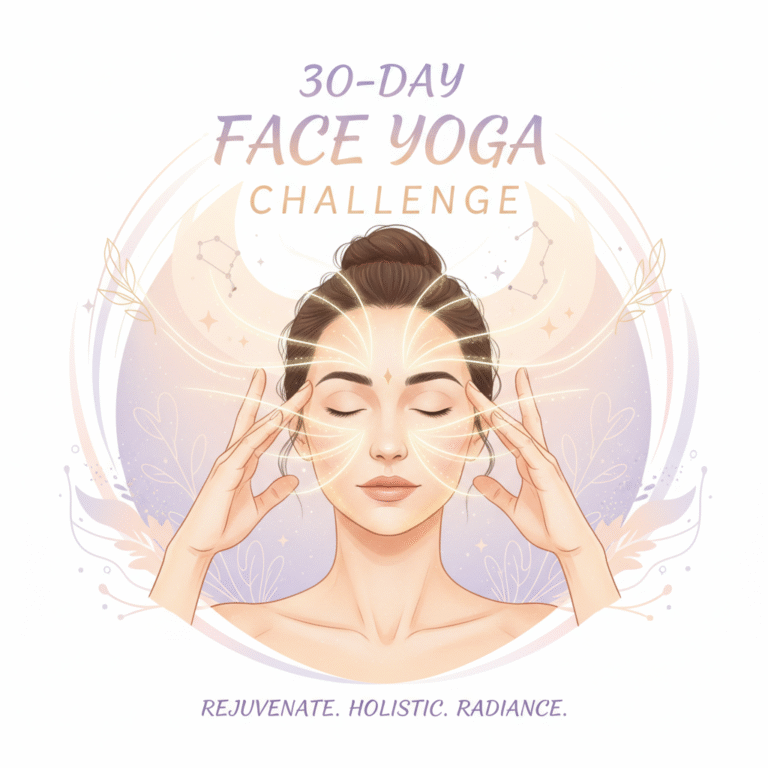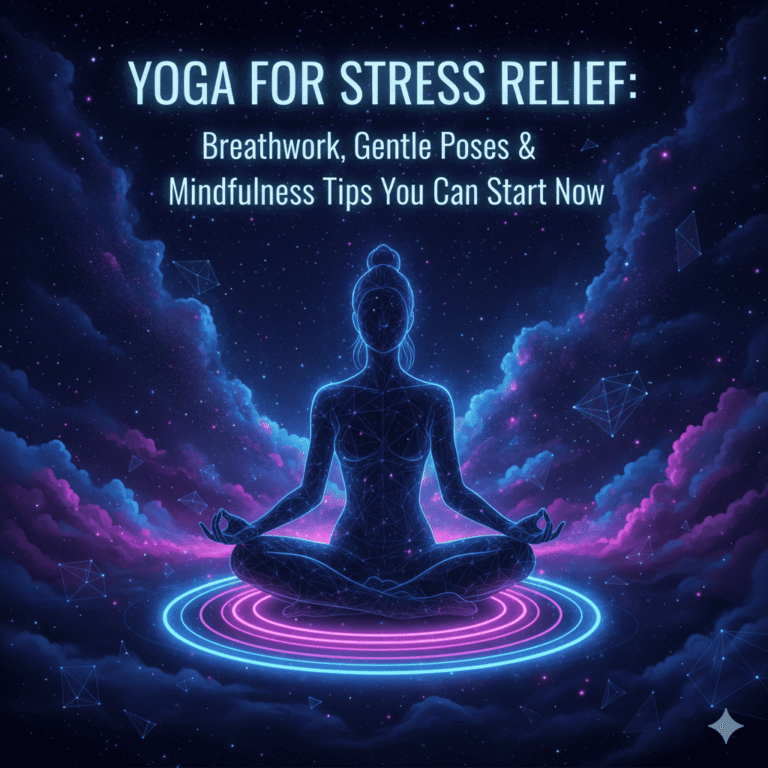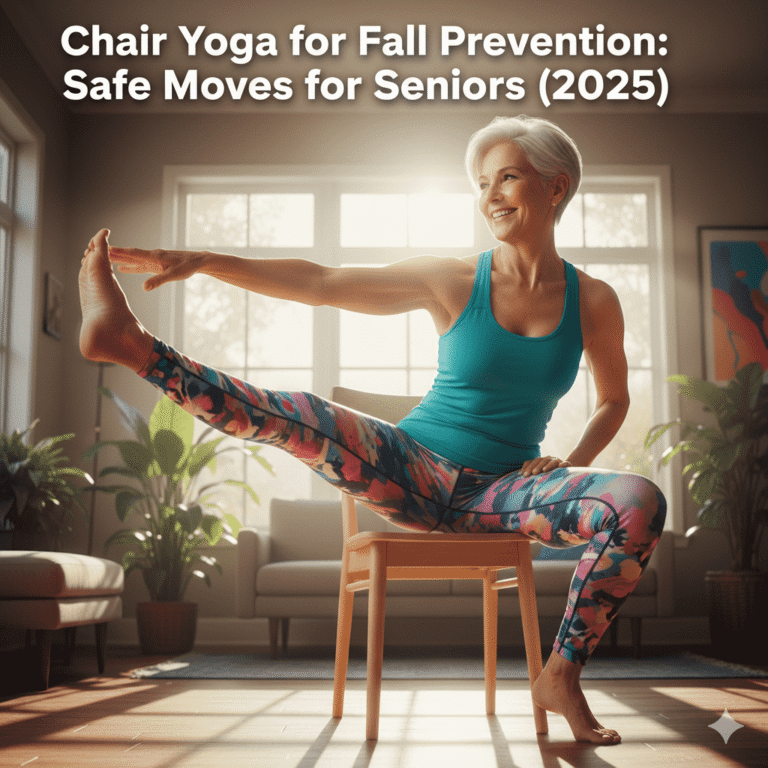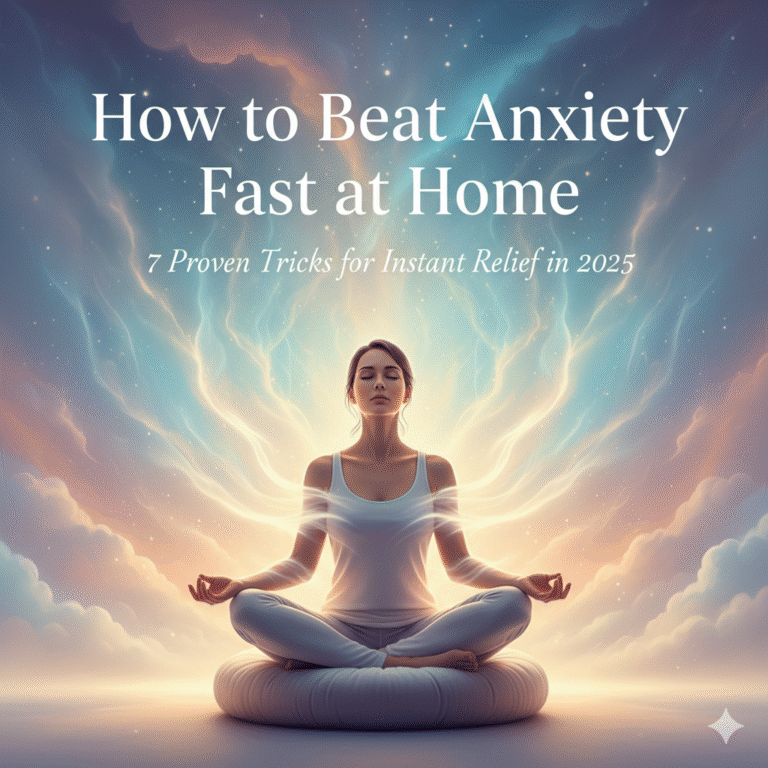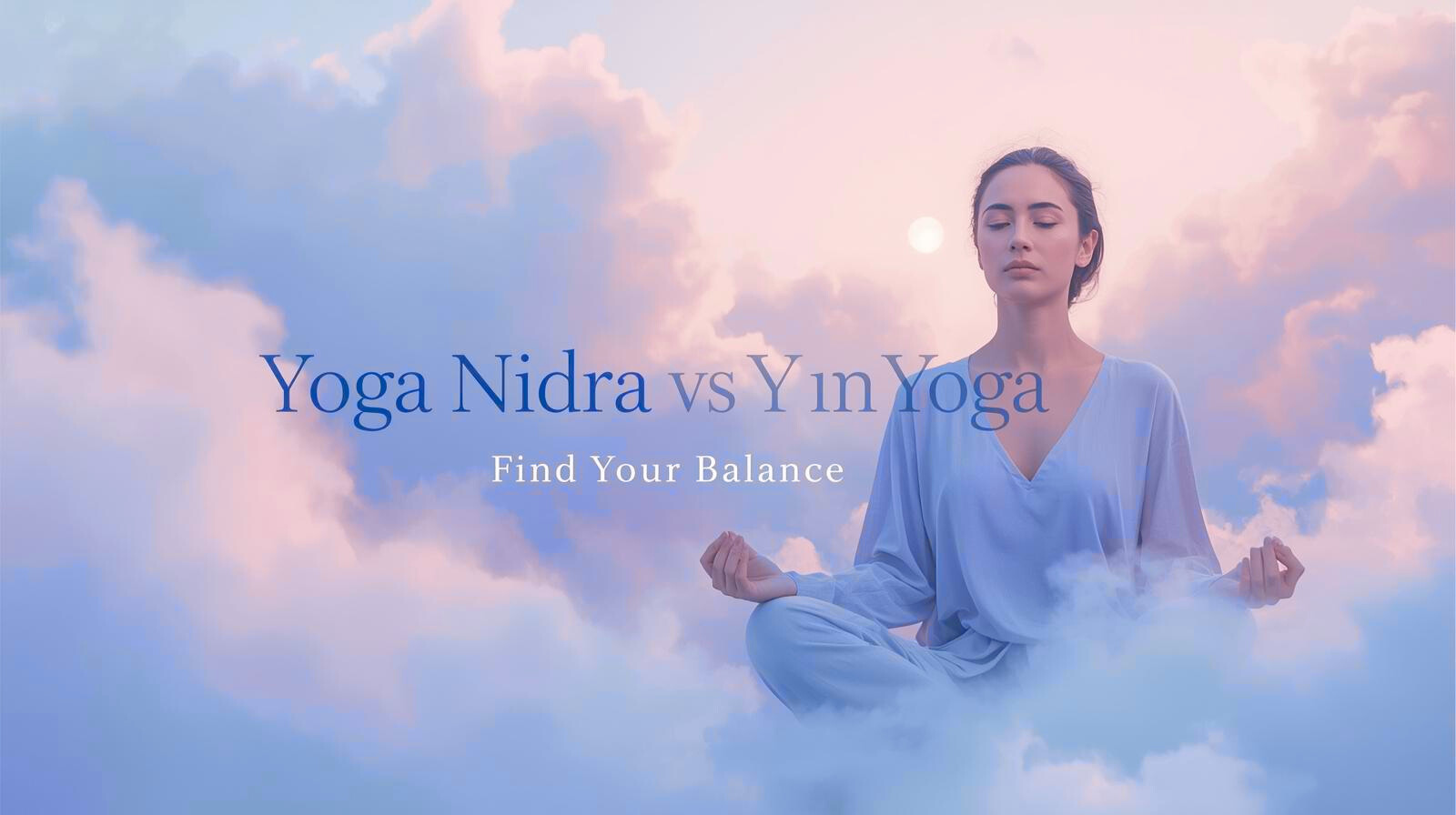
In today’s fast-moving world, where stress, anxiety, and restless lifestyles dominate, more and more people are turning to yoga for peace, relaxation, and inner balance. Among the wide variety of yoga practices available, Yoga Nidra and Yin Yoga have gained massive popularity in recent years—especially in countries like India, USA, UK, Canada, and Australia. Both are slow-paced, deeply relaxing, and focused on healing, but they serve very different purposes.
If you’ve ever wondered “What’s the difference between Yoga Nidra and Yin Yoga? And which one should I try?”, you’re in the right place. Let’s dive into a full breakdown that clears up the confusion and helps you decide which practice best suits your lifestyle and goals.
Understanding Yoga Nidra
Yoga Nidra, often called “yogic sleep,” is not about physical postures but about deep relaxation and meditation. It’s a state of conscious rest where the body sleeps, but the mind remains awake.
During a Yoga Nidra session, you usually lie down in Shavasana (corpse pose), close your eyes, and follow the guidance of a teacher or recording. Through systematic instructions, your awareness is guided through body scans, breath observation, and visualization.
This practice is especially effective for people who:
- Struggle with insomnia or restless sleep
- Experience high stress, anxiety, or burnout
- Want to improve mental clarity and focus
Many practitioners in India use it for stress relief, while in the USA, UK, Canada, and Australia, Yoga Nidra has become popular in wellness centers and therapy clinics for its ability to calm the nervous system and improve overall wellbeing.
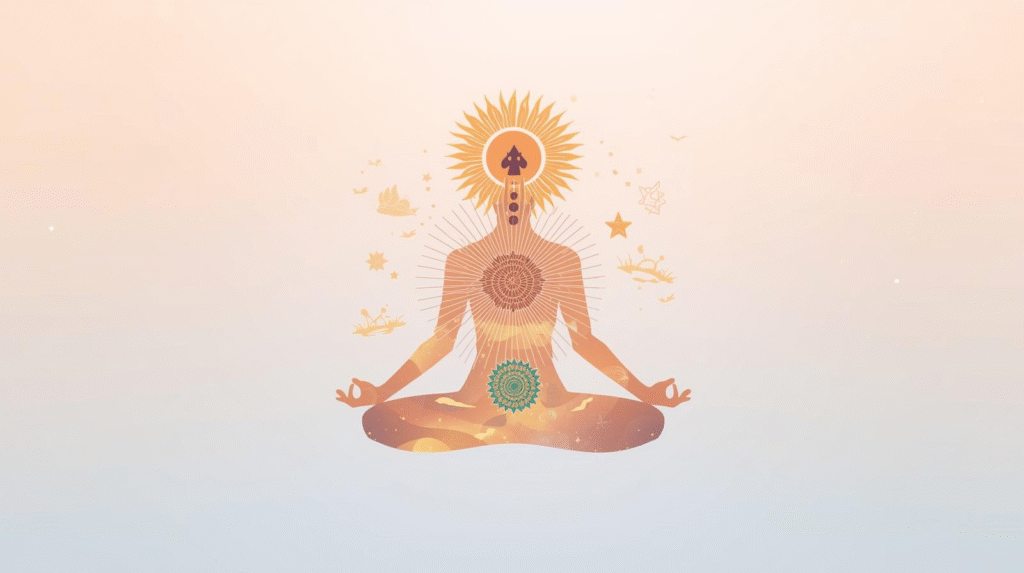
Understanding Yin Yoga
Yin Yoga is a slow-paced style of yoga that focuses on holding postures for longer periods—anywhere from 2 to 5 minutes or even longer. Instead of working on the muscles, Yin Yoga targets the deep connective tissues, ligaments, and joints.
A typical Yin Yoga session includes seated or lying-down poses, supported by props like bolsters, cushions, or blankets. The goal is to relax the muscles so that the deeper tissues can be gently stretched and nourished.
Yin Yoga is great for people who:
- Spend long hours sitting or working at a desk
- Want to increase flexibility and mobility
- Seek a calm, meditative practice without intensity
In places like Australia and Canada, Yin Yoga is often recommended for athletes to improve recovery, while in India, it’s gaining attention among young professionals dealing with body stiffness due to long working hours.
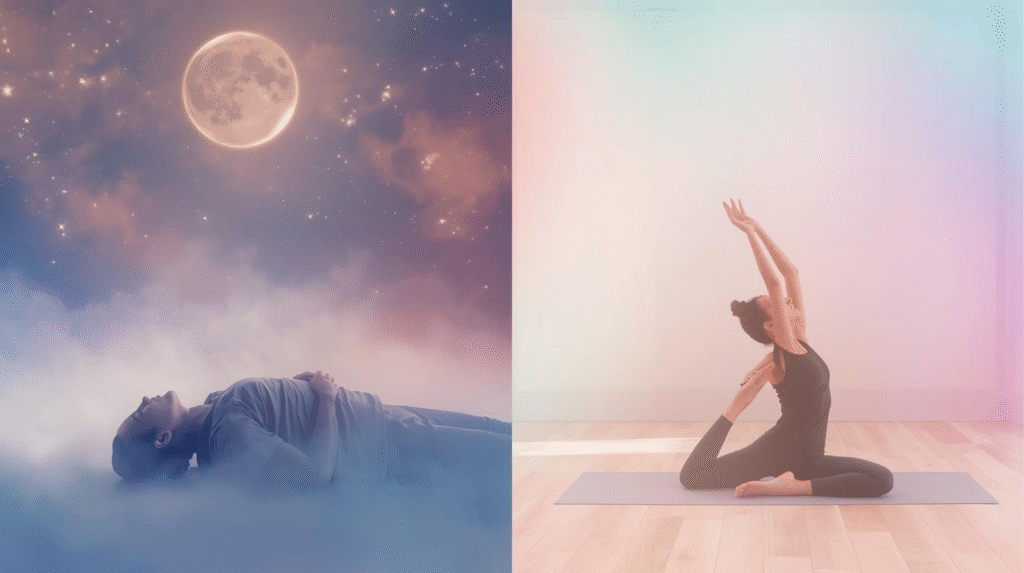
Key Differences Between Yoga Nidra and Yin Yoga
| Feature | Yoga Nidra | Yin Yoga |
|---|---|---|
| Type of Practice | Guided meditation & relaxation | Physical postures with long holds |
| Focus | Mental, emotional, and spiritual healing | Flexibility, joints, and connective tissues |
| Physical Effort | Very minimal (lying down in Shavasana) | Gentle effort in holding postures |
| Tools Needed | Mat, blanket, or guided audio | Mat, bolsters, cushions, props |
| Best For | Stress relief, better sleep, anxiety reduction | Flexibility, joint health, deep body release |
| Popular In | Therapy, meditation, mental wellness centers | Yoga studios, athletic training, wellness retreats |
Which One Should You Try?
The choice between Yoga Nidra and Yin Yoga depends on your goals.
If your main issue is stress, insomnia, or feeling mentally overwhelmed, Yoga Nidra can be life-changing. It gives your mind a break, lowers anxiety, and improves sleep quality.
If your body feels stiff, your joints need more care, or you want to improve flexibility while also enjoying stillness, Yin Yoga is the right path. It strengthens connective tissues, improves circulation, and enhances physical mobility.
Some people even combine both: practicing Yin Yoga for body flexibility and then ending with Yoga Nidra for complete relaxation.
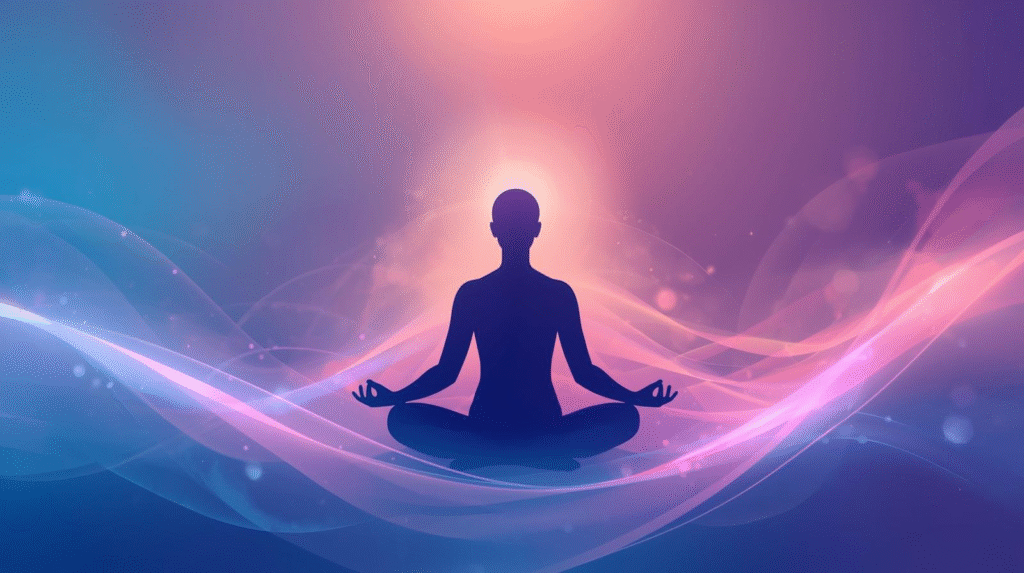
The Global Popularity of These Practices
What’s interesting is how both practices are being embraced worldwide. In India, Yoga Nidra has deep traditional roots, but Yin Yoga is now trending in urban wellness studios. In the USA and UK, busy professionals and college students use Yoga Nidra apps for sleep, while Yin Yoga classes are filling up fast at fitness centers. Canada and Australia have also seen a rise in yoga festivals and retreats that highlight these two practices.
This global rise shows one clear thing: people everywhere are seeking slower, more mindful practices to balance their busy, modern lives.
Final Thoughts
Both Yoga Nidra and Yin Yoga are powerful practices, but they serve different purposes. Yoga Nidra works deeply on the mind, emotions, and nervous system, while Yin Yoga focuses on physical release and flexibility.
If you’re struggling with stress, anxiety, or lack of sleep, go for Yoga Nidra. If you want better flexibility, mobility, and body awareness, try Yin Yoga. Or, mix both to enjoy the best of relaxation and physical health.
At the end of the day, the best yoga practice is the one that feels right for you—and the one you can consistently enjoy. Whether you’re in India, USA, UK, Canada, or Australia, these practices can bring a calm, balanced, and healthier version of yourself.
Which is better for stress and anxiety relief?
Both are effective, but Yoga Nidra is more powerful for reducing stress, calming the nervous system, and improving sleep. Yin Yoga works better for releasing body stiffness and tension.
Can beginners practice Yoga Nidra and Yin Yoga?
Yes, both are beginner-friendly. Yoga Nidra only requires you to lie down and listen, while Yin Yoga involves simple poses that anyone can hold with the help of props like cushions or bolsters.
Which practice is better for improving flexibility?
Yin Yoga is best for flexibility as it focuses on stretching deep connective tissues and joints. Yoga Nidra, on the other hand, improves mental clarity and inner peace.
How long should a Yoga Nidra or Yin Yoga session last?
A typical Yoga Nidra session lasts 20–40 minutes, while a Yin Yoga session usually lasts 45–75 minutes, depending on how long each pose is held.
Can I practice both Yoga Nidra and Yin Yoga together?
Yes! Many people combine them — starting with Yin Yoga to relax the body, followed by Yoga Nidra to calm the mind for a complete mind-body reset.
Which is better for sleep problems?
Yoga Nidra is highly effective for insomnia and improving sleep quality because it puts the mind into a state of deep relaxation. Yin Yoga helps too but works more on the body.

